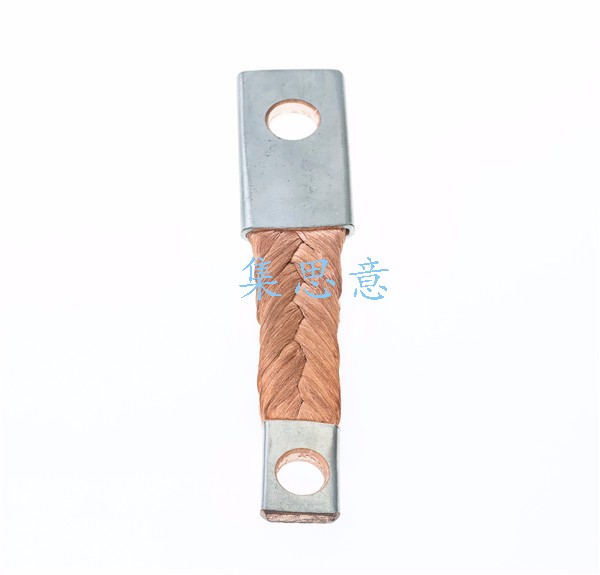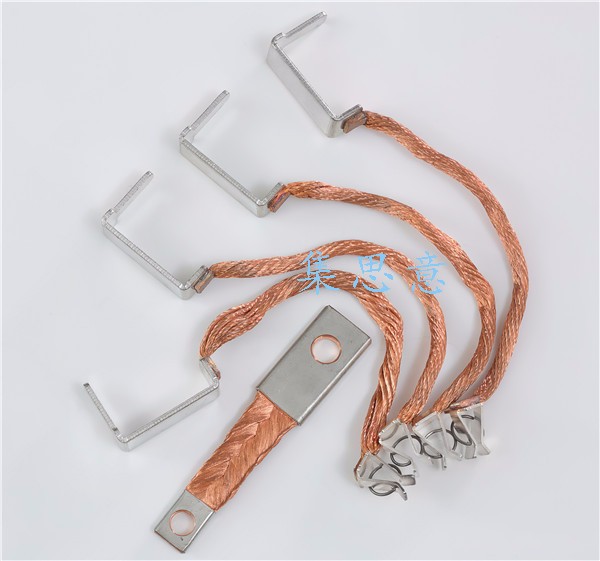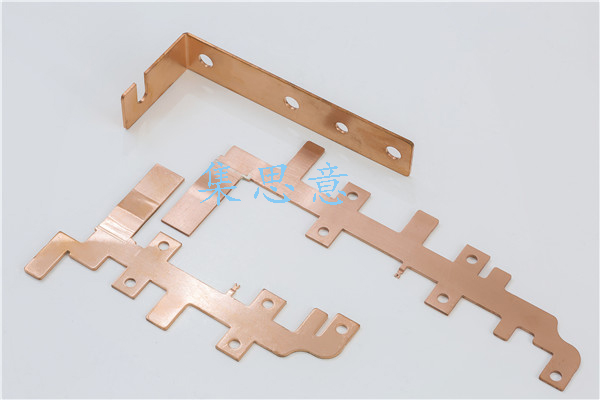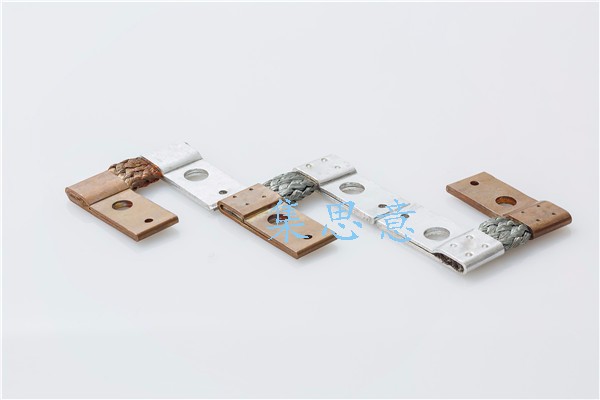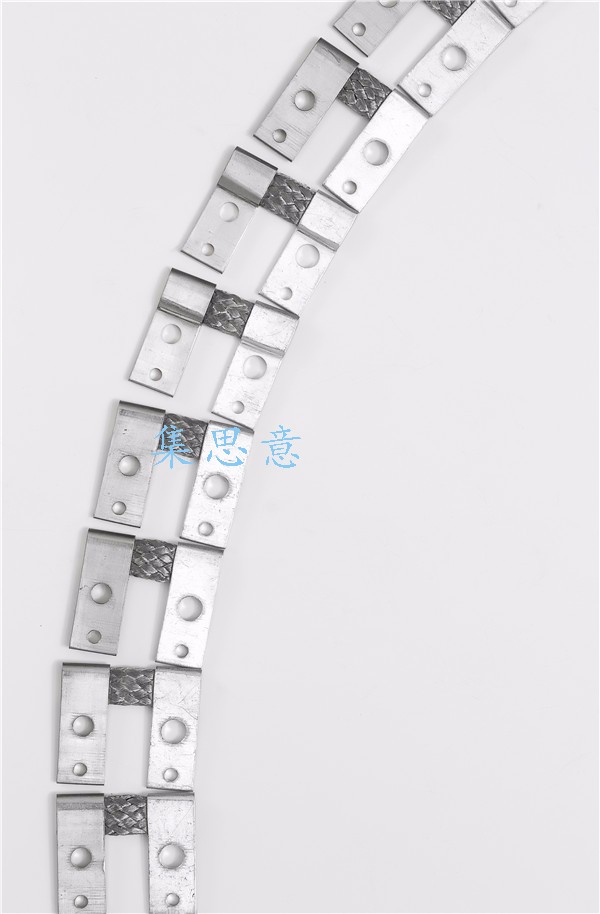What is the specific relationship between the resistivity of copper foil flexible connectors and temperature?
Views: Addtime:2025-10-23
Your question is very professional, as it directly relates to the performance stability of copper foil flexible connectors under different operating conditions. The resistivity of copper foil flexible connectors has a positive linear relationship with temperature—the higher the temperature, the greater the resistivity. This variation follows the temperature coefficient characteristics of pure copper conductors and can be quantified using specific formulas and data.
1. Core Relationship Formula
The change in resistivity of copper foil flexible connectors with temperature can be accurately calculated using the following formula:
ρₜ = ρ₂₀ × [1 + α₂₀ × (t - 20)]
Where:
- ρₜ: Resistivity at temperature t (in °C), with the unit Ω·mm²/m.
- ρ₂₀: Reference resistivity at room temperature (20°C), with a standard value of 0.0172 Ω·mm²/m (for T2 red copper).
- α₂₀: Temperature coefficient of copper at 20°C, a fixed value of 0.00393/°C (industry general standard).
- t: Actual operating temperature (in °C), typically ranging from -40°C to 120°C; special material customization is required for temperatures beyond this range.
2. Resistivity Changes in Key Temperature Ranges (Examples)
Using the formula, the specific resistivity values at different common temperatures can be calculated, directly demonstrating the variation pattern:
| Actual Temperature t (°C) | Calculation Process | Resistivity ρₜ (Ω·mm²/m) | Variation Range vs. Room Temperature |
|---|---|---|---|
| -40 (Low-temperature environment) | 0.0172 × [1 + 0.00393 × (-60)] | ≈0.0135 | Decreased by 21.5% |
| 20 (Room temperature) | 0.0172 × [1 + 0.00393 × 0] | 0.0172 | Reference value |
| 60 (General equipment temperature rise) | 0.0172 × [1 + 0.00393 × 40] | ≈0.0199 | Increased by 15.7% |
| 100 (High-load operating condition) | 0.0172 × [1 + 0.00393 × 80] | ≈0.0226 | Increased by 31.4% |
| 120 (Extreme operating condition) | 0.0172 × [1 + 0.00393 × 100] | ≈0.0230 | Increased by 33.7% |
3. Key Considerations in Practical Applications
-
Temperature Upper Limit RestrictionThe long-term operating temperature of conventional T2 red copper foil flexible connectors is recommended not to exceed 120°C. If the temperature continuously exceeds 150°C, not only will the resistivity rise significantly (exceeding 0.024 Ω·mm²/m), but it may also accelerate copper foil oxidation and shorten the service life.
-
Impact of Low-Temperature EnvironmentsAlthough resistivity decreases at low temperatures, the flexibility of copper will decline. If the temperature is below -40°C, copper foil treated for low-temperature toughness should be selected to avoid low-temperature brittleness affecting connection reliability.
-
Correlation with Current-Carrying CapacityAs temperature rises and resistivity increases, the internal loss of the flexible connector (P=I²R) will increase, leading to further temperature rise. Therefore, when selecting a model, a 10%-20% margin for current-carrying capacity should be reserved based on the maximum operating temperature of the equipment.

